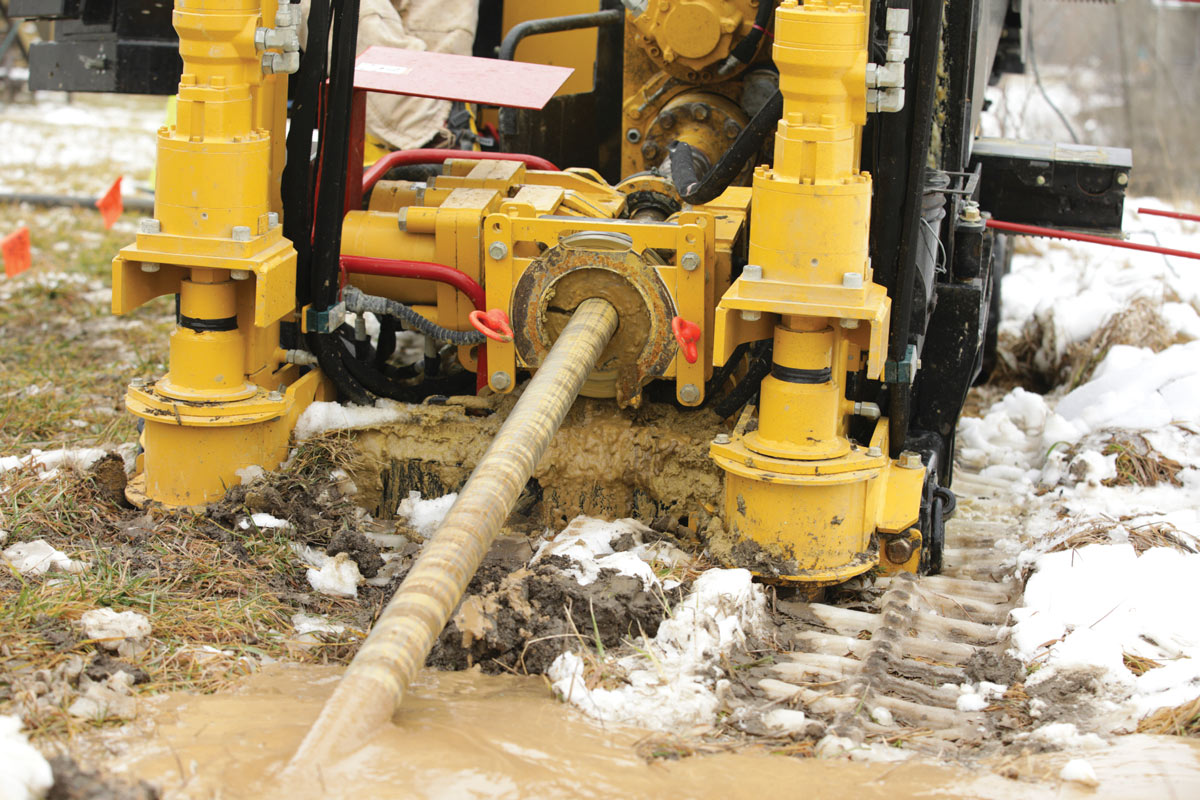Drill Master: What You See Is What You Get?
There are several reasons to be testing the properties of drilling fluid: verification, maintenance and troubleshooting. The fluid properties of interest are viscosity, density, rheology, filtrate, filter cake, sand content, pH and calcium content. Each of these drilling fluid properties can not only be tied to a particular concern but may also give a picture of the general health of the entire system.
Viscosity: Viscosity is the most common test run in the field. It is run with a Marsh Funnel and cup and is declared in seconds per quart or seconds per liter. It is an indication of the thickness of the fluid. However, it doesn’t tell us anything else. It doesn’t tell us flow properties, suspension capability, solids content, sand content or any other properties. We need other tests to determine the other properties. Viscosity is usually run between 45 and 75 seconds per quart.
Density: Density tells us the weight of the fluid. It is run with a mud balance and is most commonly reported in pounds per gallon or specific gravity (grams per cubic centimeter). From this measurement, we can also determine the solids content of the fluid. An average specific gravity of 2.5 is assumed for the following formulas.
- (Fluid weight in pounds per gallon – 8.33) X 8 = percent solids
- (Fluid weight in grams per cc – 1) X 60 = percent solids
Fluid density can affect downhole pressures and the ability of recycling systems to work effectively. Manufacturers of solids removal equipment state that the returns from the borehole should not exceed 20 percent solids content in order to be efficient in solids removal. It is generally stated by pump manufacturers that the cleaned fluid should not exceed 5 to 6 percent total solids if at all possible.
Sand Content: Sand content makes up part of the total solids. If the fluid sample comes directly from the borehole, the fluid should be poured through the screen in the Marsh Funnel in order to remove larger cuttings. Sand content is determined by using a sand content test kit and is declared in percent of total volume. After the fluid has been through a recycler, the sand content should be as low as possible; 1 percent or less is desirable.
Rheology: Rheology deals with the flow properties and profiles of fluids. These tests are performed with a rheometer. Rheometers range from field, hand-cranked models that give 600 and 300 rpm readings to electric models that give 600, 300, 200, 100, 6 and 3 rpm readings. From a rheometer, we can derive the plastic viscosity and yield point, which are declared in centipoise (cp). These values can be used with various rheological models and can be translated into hole cleaning ability and downhole pressure prediction.
Filtration Properties: The filtration properties consist of filtrate and filter cake. These tests are performed with a filter press. These tests are run at 100 psi for 30 minutes. The filter cake is measured in 32nds of an inch (or mm) of thickness. The filtrate is the water phase that filters through the filter cake. It is declared as cc (ml). These tests give an indication of borehole stability. Filtrates in the 10 to 14 cc range and filter cake thickness of 2/32 or 2 mm are generally considered acceptable.
pH: pH is the determination of the acidity or alkalinity of a fluid. Most drilling fluid materials work more effectively on the alkaline side. pH is determined by using pH strips or meters. Normally, a pH of 8.5 to 9.5 is considered desirable. The pH should be adjusted with soda ash (sodium carbonate).
Calcium Content: Calcium content determines the hardness of water. Bentonite and some of the polymers used in HDD may not mix well in hard water. A simple test using calcium indicator strips can determine the calcium content of the make-up water and soda ash (sodium Carbonate) that can be used to treat out the calcium. Calcium content in make-up water below 50 parts per million (ppm) are generally considered desirable.
These tests can take the guesswork out of mixing and maintaining drilling fluids. These are standard API (American Petroleum Institute) tests that are generally accepted worldwide. Testing is the only way to ensure that drilling fluid properties are achieved and maintained.




